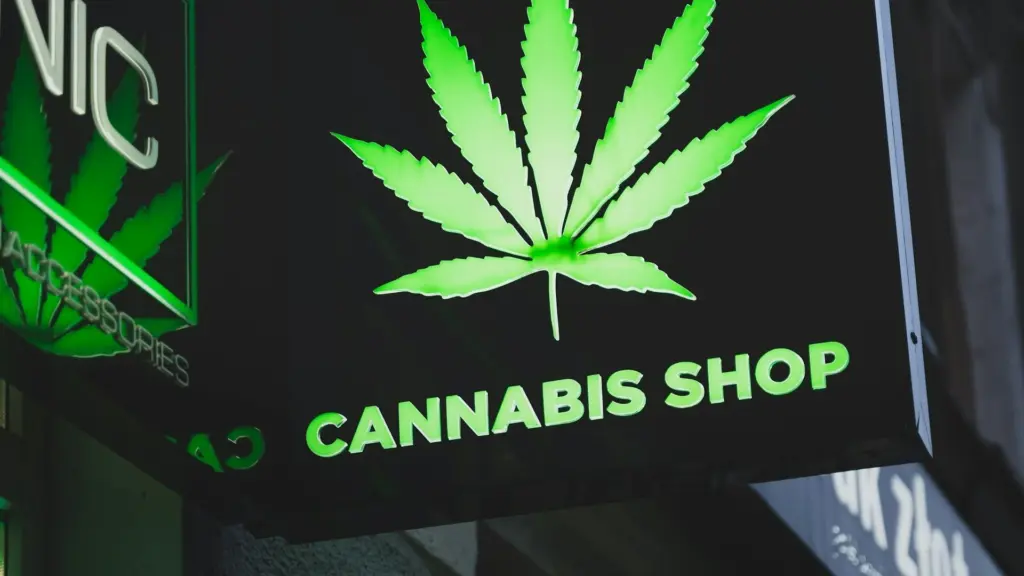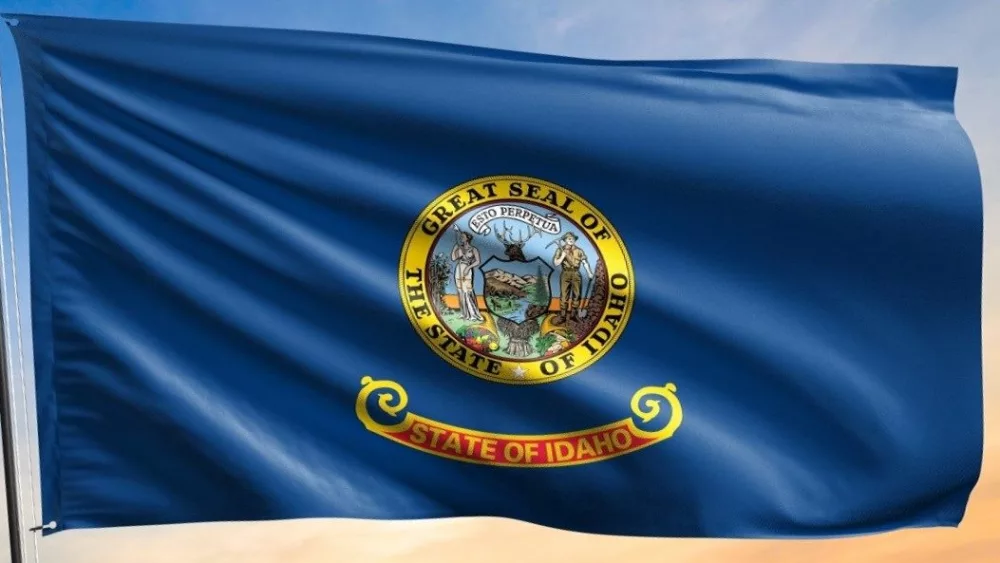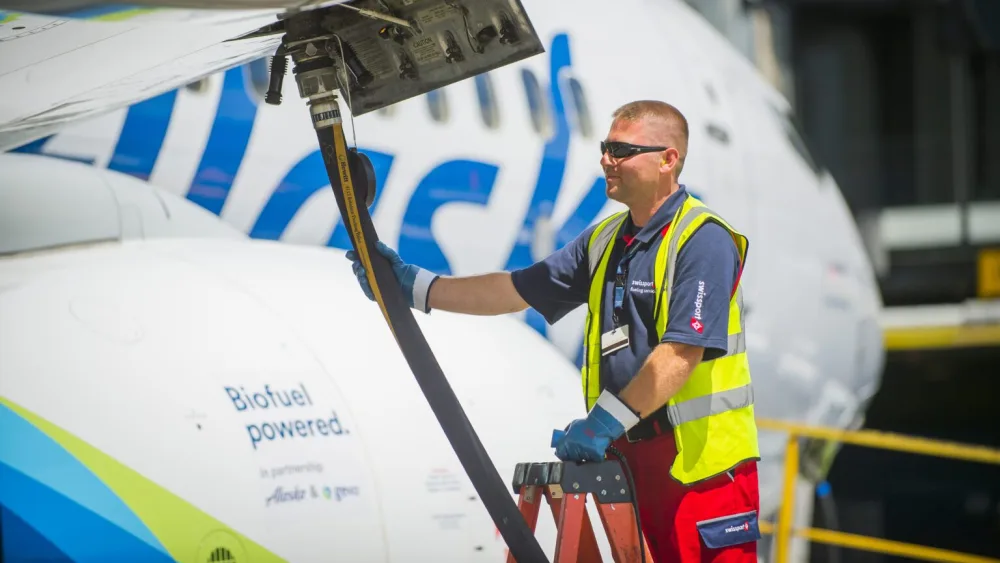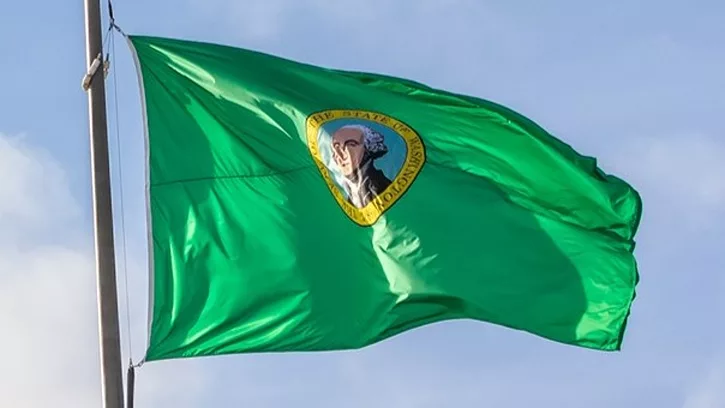SPOKANE, WA – Feeling the squeeze, Spokane Valley may ask the state to allow cities to impose a local sales tax on cannabis, which would raise the existing 37% rate to offset future budget deficits.
The topic came up on Tuesday as the Spokane Valley City Council ran through draft priorities ahead of the 2026 legislative session in January. While some priorities focus on public safety and reducing costs associated with litigation and construction, tax flexibility dominated the “fiscal management” category.
Spokane Valley is currently facing a $1.1 million budget deficit ahead of 2026, which the council must balance before January. Local officials have typically been opposed to increasing taxes in an effort to keep the cost of living down, but now they’re weighing their options as revenue growth slows down.
“We had asked that the state increase the amount of cannabis revenue distributed to cities, and while that is a laudable goal,” Briahna Murray, partner of Gordon Thomas Honeywell Government Relations, said Tuesday, “[Sen.] Wagoner … indicated that his preference would be to create a local option tax.”
According to the draft priorities, the state collected about $455 million in cannabis revenue last year, but only 5% of that went back to local governments. The Valley usually only receives about $200,000 to $270,000 annually from the state in marijuana excise tax revenue, despite the current 37% rate.
State law divides the 5% sent back to the cities and counties into two parts: 1.5% goes to the locality based on its proportion of revenues generated under the tax, with the remaining 3.5% distributed on a per capita basis. However, that wasn’t until years after legalizing recreational marijuana in 2012.
The Legislature began providing cities and counties with the revenue in 2018, capped at $15 million annually, divided among over 200 jurisdictions. It increased the ceiling to $20 million in 2022, before eliminating it in 2023 to implement the 5% policy. From 2015 to 2023, Washington spent $3.3 billion.
The state spent $1.8 billion on Medicaid, transferred $1 billion to the general fund, used $284 million for mitigating substance abuse and $105 million for regulating the cannabis market. Only about $102 million was spent by local governments from 2015 to 2023, representing just roughly 3% of the total.
State authorization for a local option tax would keep much of the resulting revenue back home, rather than increasing the 5% share, which would still divert most of the revenue to Olympia. The city asked the Legislature to raise its share last year, but lawmakers were already dealing with a massive deficit.
“That would make it so that it’s budget neutral for the state,” Murray said, explaining how the option tax would be less burdensome, “and make it more likely to advance through the legislative session.”
Sen. Keith Wagoner, R-Sedro Woolley, also proposed a local option tax of up to 2% last February with Sen. Jeff Holy, R-Cheney, and Sen. Leonard Christian, D-Spokane Valley, but it never received a hearing.
If approved, counties would’ve been able to levy the tax with voter approval, with cities able to impose the measure if the county hasn’t done so before 2027. He may go after a similar proposal next winter, but the state’s ongoing budget crisis will likely overshadow it, though the council remains hopeful.
Regardless, if lawmakers passed the option tax next session, it wouldn’t help out the city until voters approved it on a ballot. Until then, the Valley must rely on cuts and other options to balance spending.
“The City recognizes that the State and the City are inextricably tied together financially through the distribution of statewide revenues to the City,” according to the draft priorities. “As such, the City of Spokane Valley calls on the Legislature to utilize conservative principles in managing state finances.”





